AUGUSTA — Artist Annie Bailey said she first heard the story of the Royal Tar when she was a child growing up in Tenants Harbor.
Bailey spoke about her depiction of the Tar’s final voyage using an illustrated scroll — or “crankie” — during a discussion Thursday afternoon at the Charles Danforth Gallery on the University of Maine at Augusta campus.
“It’s a really wild story,” Bailey said.
The Royal Tar, a circus steamship, left St. John, New Brunswick, in October 1836, bound for Portland. It carried more than 70 passengers along with animals from Burgess’ World Famous Circus and Menagerie of Wild Animals, Birds and Reptiles. The 160-foot ship encountered two gales and tried to ride out the storm at Vinalhaven, until a fire broke out in the boiler room, engulfing the entire ship in flames.
Most of the passengers and animals were lost, Bailey said, despite valiant rescue efforts from a nearby U.S. Revenue cutter. Bailey said she always heard about an elephant washing up on Brimstone Island and a tiger swimming to shore before being shot by a frightened woman.
Her first crankie was done on a 35-foot piece of vellum and took about a month and a half to complete. Using India ink and powdered graphite, Bailey told the story of the doomed steamship, depicting dark and dreary conditions for the animals below deck and the harrowing scene when the ship was aflame. It sank in Penobscot Bay, and a legend says a safe on it, filled with silver and gold, has never been recovered.
Bailey has been in residence at the Danforth since mid-November, and she’s working on an illustrated scroll telling the story of Maine heroine Abbie Burgess. Susan Bickford, an adjunct art professor at the University of Maine at Augusta, said it’s a treat for the school and its art students to have a working professional artist at the Danforth.
“The great thing about having Annie here is that she’s working and we can observe and see her process,” Bickford said.
Burgess was just 16 years old in 1856 when her father, the local lighthouse keeper, went ashore for supplies but couldn’t return to the island for about a month because of a gale. Burgess acted as lighthouse keeper, a job typically held by men in those times, and helped guide the island through its toughest times. She maintained the lamps on Matinicus Rock Lighthouse for more than 20 days.
“The reason her story felt so potent right now is it’s the story of persevering through this storm,” Bailey said. “She is a strong woman and a hero, and her story is one that I believe deserves ongoing exposure.”
Bailey said Burgess’ story is one of self-reliance and strength, and the moving panorama was a popular form of storytelling during the 19th century, so it felt like the right medium to tell her tale.
In addition to making crankies, Bailey has paintings on display at the Danforth, has done some commissioned pieces for private individuals, and makes and sells stuffed animals using recycled fabric at craft fairs around Maine.
“As a young artist, you’re constantly trying new things and reaching out to different communities,” said Bailey, who has a degree from the Rhode Island School of Design. “It’s a really good experience to try new mediums and meet a new group of people.”
Making images on scrolls has been around since at least the 11th century, Bailey said, when the Chinese and Japanese cultures used them to show landscapes and tell narrative tales. They were a popular and useful way to tell stories in the 18th and 19th centuries, and they were included in traveling circuses and other large, roving groups. Bailey said she’s read of and seen some that were several thousand feet in length.
“They were the predecessor of film, and they came back in vogue about five to 10 years ago,” she said. In such a fast-paced society, people like the opportunity to slow things down to a slow crawl, or scroll, like what people do when checking news feeds on Facebook or Twitter.
Bailey’s work will be on display at an exhibition called “In the Midst of Making” at the Danforth Gallery until Dec. 15. The gallery is free and open to the public.
Jason Pafundi — 621-5663
Twitter: @jasonpafundiKJ
Send questions/comments to the editors.


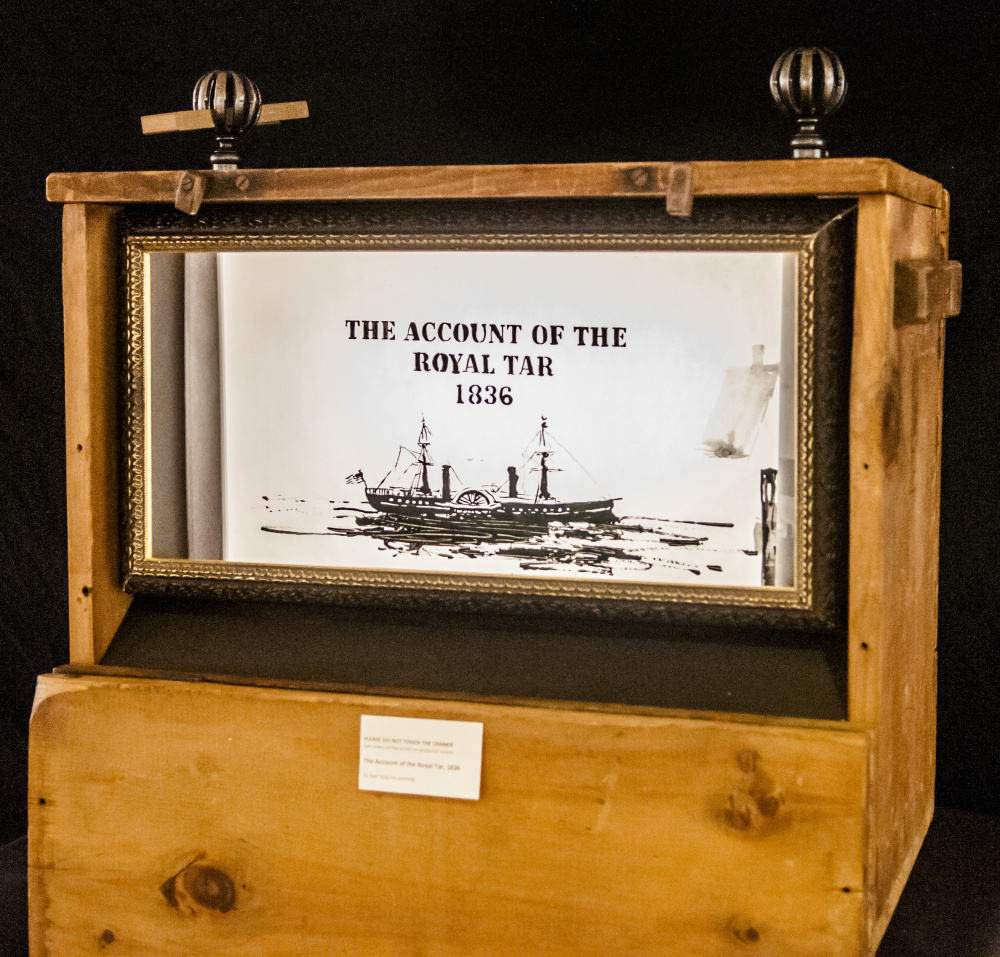
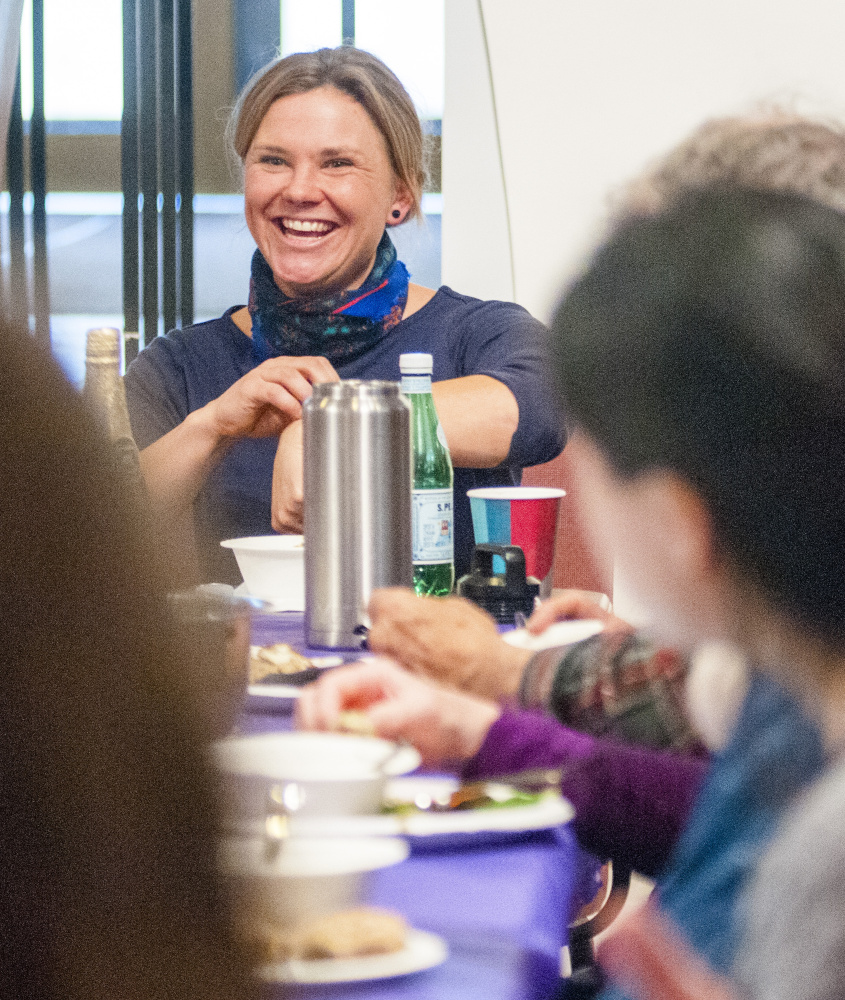
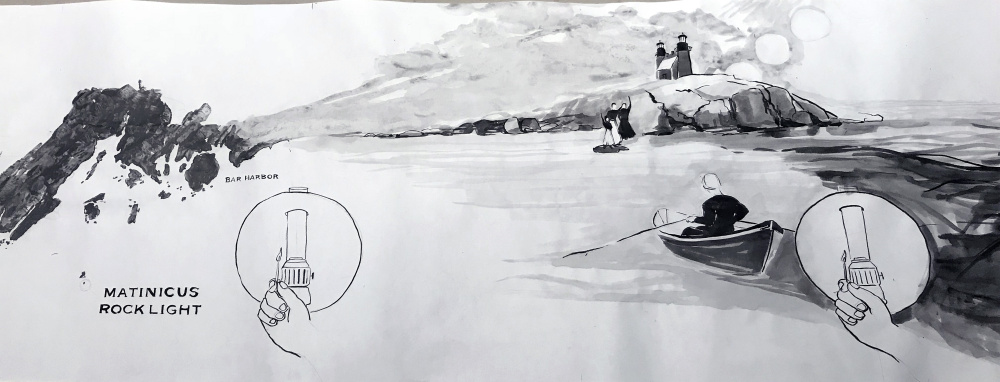
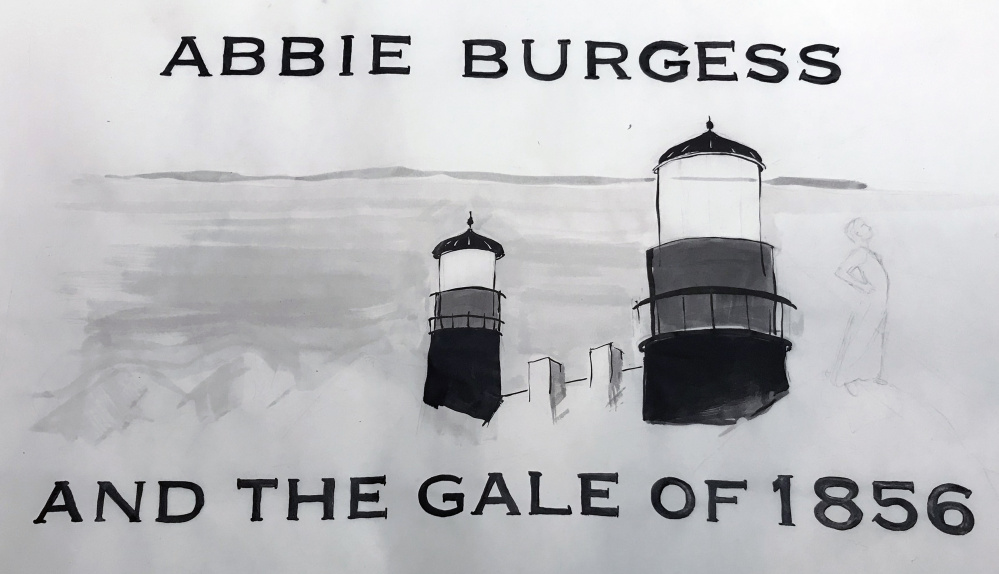

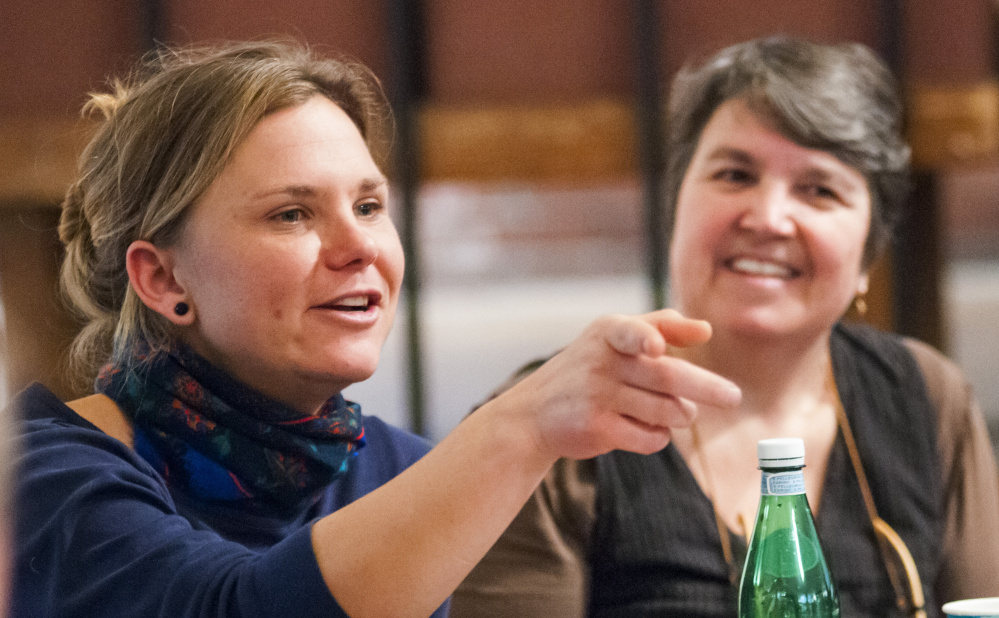
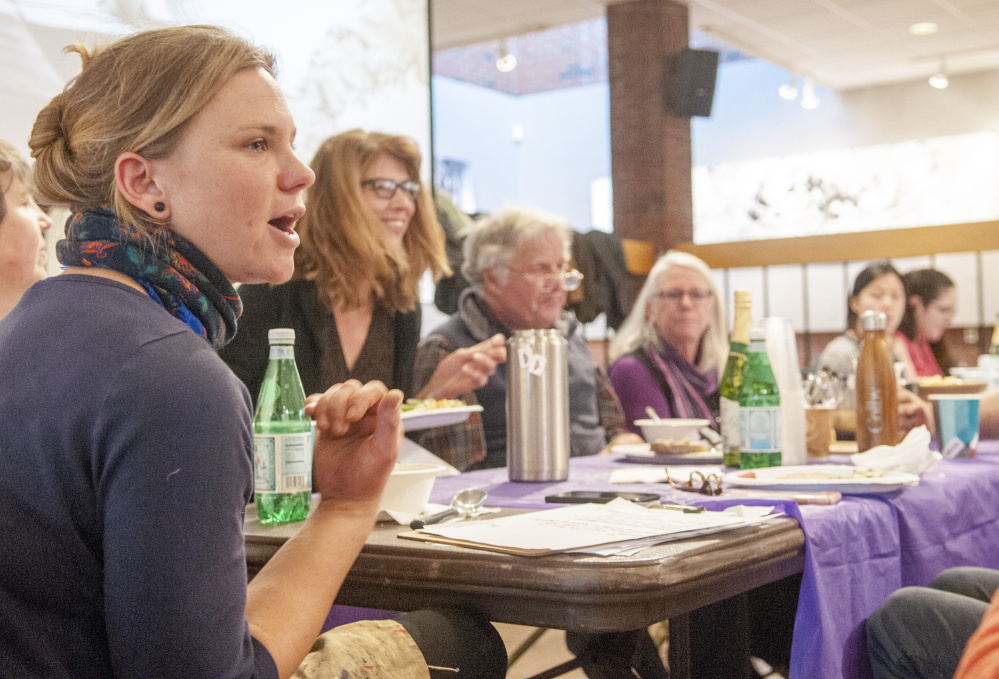

Comments are no longer available on this story